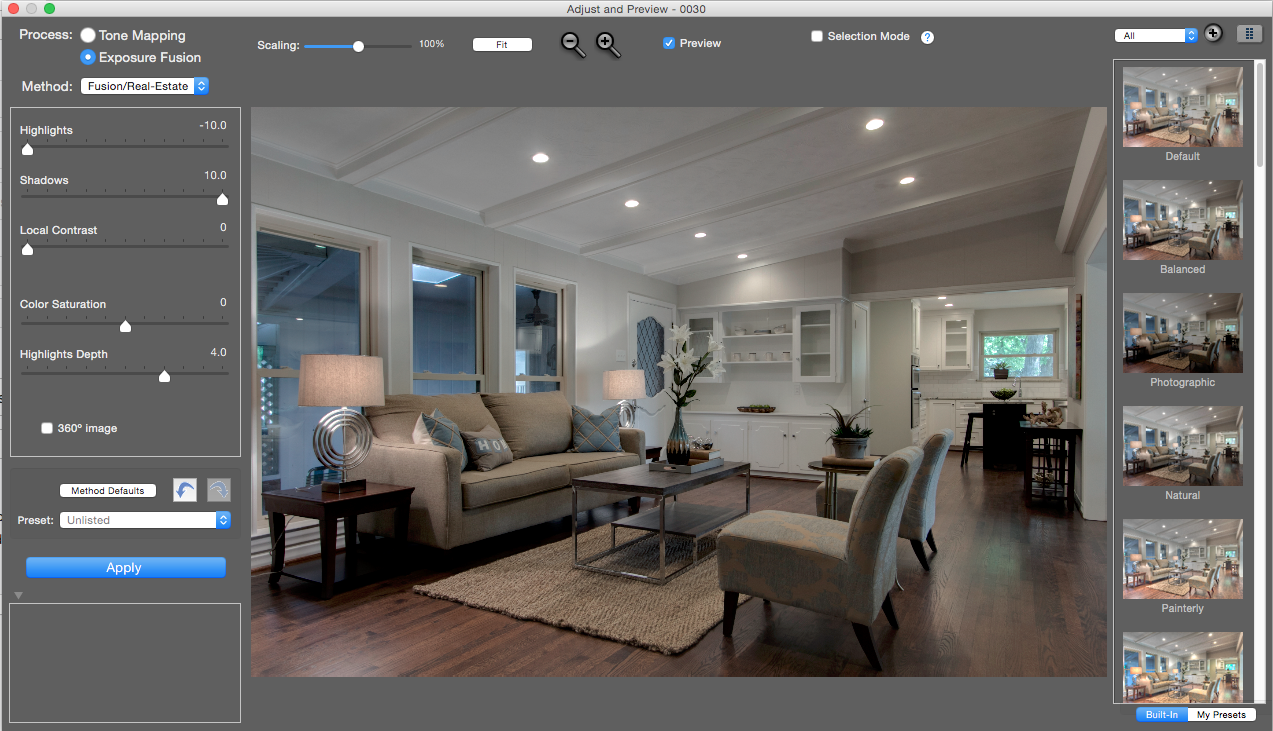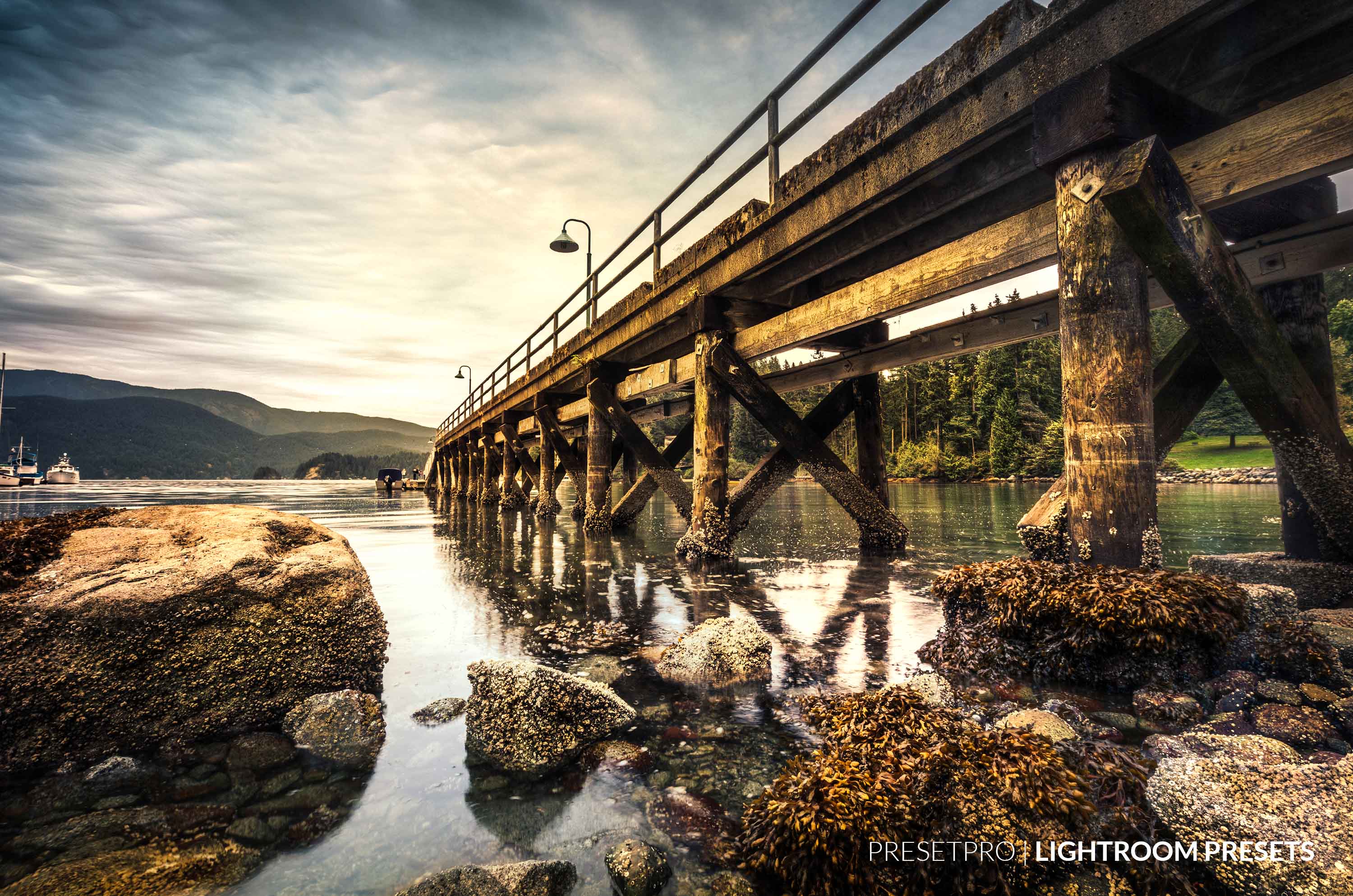

HDR Projects 4 is a more recent HDR software that has some interesting features. However, the dynamic range that you get doesn’t compare to any of the first three programs mentioned. But results can be very realistic and pleasing.

The HDR solution in Lightroom Classic is super basic with only three options.

Adobe Lightroom Classic CC has the HDR feature built right in. And it just so happens that there is a Lightroom plugin included with Photmatix Pro that makes integration between the two a cinch.For those looking for a simple solution to HDR photos in Lightroom. There is an option to send selected images to Photoshop for HDR but, let’s face it, HDR in Photoshop doesn’t compare to the power and ease of use of Photomatix. Tone mapping allows us to replace (or map) one set of colors for another in order to make all of those EV fit in to something our monitors can display and our eyes can see. 16 EV is a higher dynamic range than my eyes can process, and much higher than the 10 EV of many monitors. Now that we have all that information, we need to do something useful with it. But in addition to the center image, I had my camera take another image 2 stops below and another 2 stops above the exposure of the center image, which gives me an additional 4 EV of information, or 16 EV total. That’s pretty good, considering our eyes can handle between 10 – 14 EV. Let’s say the center image captures 12 EV (exposure value, or stops) of light. On the right, the image captures the dramatic details in the clouds, but little detail from the trees. On the left, the sky is blown out, but there is additional detail in the trees. The other two images come from the auto-bracketing feature of my camera, which captures the same scene at different exposures. Most likely, this image is what the camera would have produced by metering the scene, but it loses the drama from the clouds and the separation of the trees down the hill. In the center, the image captures a bit of detail in the clouds and some in the trees. The composite above is of three separate images I took with different exposures of the same scene. Lightroom Fanatic – Composite Of Three Exposure Images

To demonstrate, I took these images on a trip up to the mountains. Tone mapping is so synonymous with HDR that the terms are often used interchangeably, but HDR is a general term for the idea of capturing a wide range of contrast, and tone mapping is a technique for processing HDR images in to something practical. One of the things you can do with HDR involves taking multiple images with different exposures to capture those details in both the lights and the darks. The specific technique photographers use to create an image that squishes these multiple exposures in to an image that can “fit” in to the functional dynamic range for viewing or printing is called tone mapping. You, as the photographer, choose which is more important and set your exposure accordingly, losing detail in either the shadows or the highlights as a result. If the scene you are trying to take a picture of has some really dark areas and some really bright areas, your camera may not be able to capture detail from both areas in one image. When you take a photograph, your camera is capable of capturing a certain range of light, just like your eye is able to observe a certain range of contrast within a scene. High Dynamic Range (HDR) is a technique used in photography to capture a greater dynamic range between the lightest and darkest areas of an image.


 0 kommentar(er)
0 kommentar(er)
